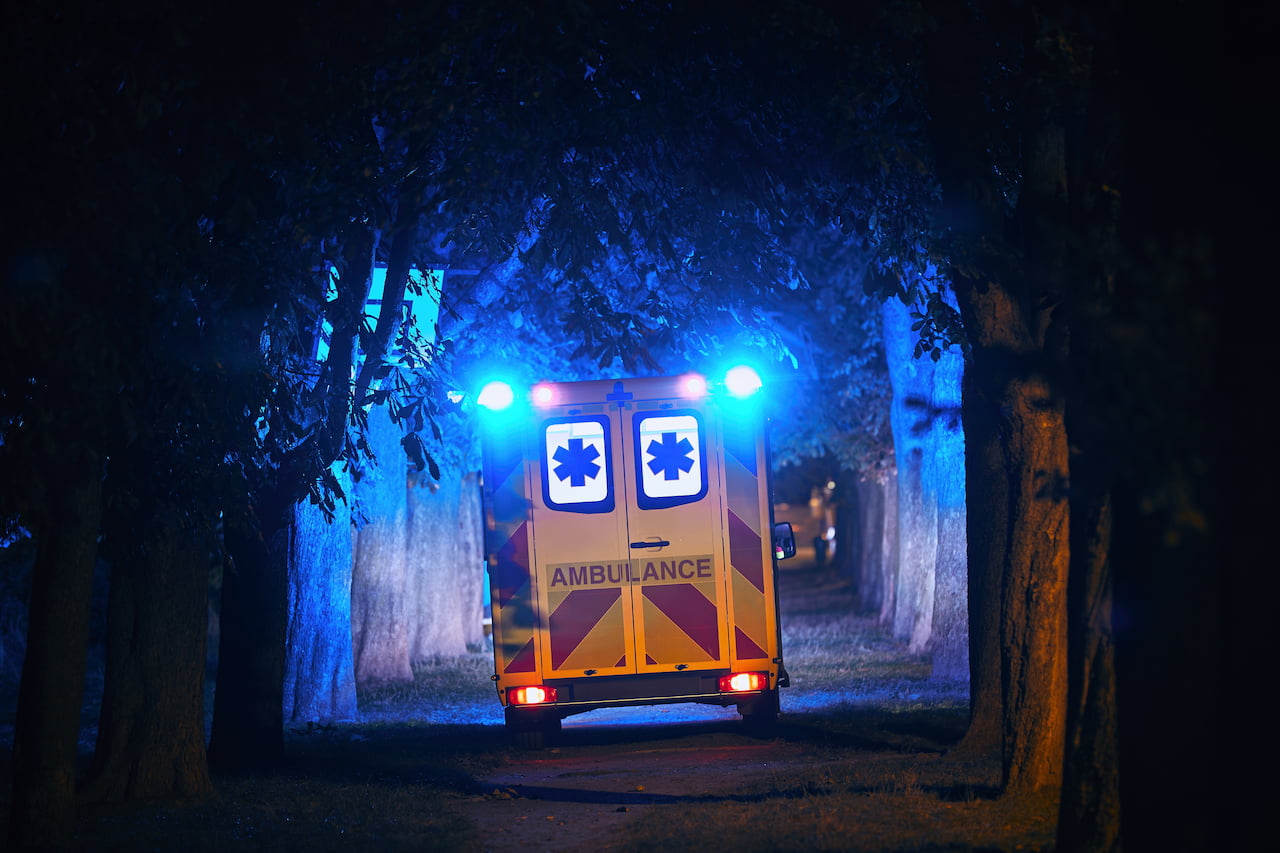
Between 2004 and 2018, about sixteen children under 18 were killed in fatal pedestrian accident every day of the year, except October 31. On Halloween, the average fatality number catapulted to fifty-four.
Another study found that children ages 4 to 8 were about ten times more likely to be killed in the evening on Halloween than they were during other autumn evenings. The study found that the 6 p.m. hour, which is a confluence of rush hour and sunset in many parts of the country, was the deadliest time for trick-or-treaters to be on the road.
Halloween fatalities are part of a greater problem. Roads have also become more dangerous for pedestrians in the past decade. In fact, according to federal authorities, more pedestrians and cyclists were fatally struck by cars in 2018 than any other year since 1990. Adjusting for total vehicle miles traveled, the rate of pedestrian fatalities has increased by 33 percent since 2009. Pedestrians now account for 17 percent of all traffic deaths.
Why Children are At Risk
Many children chase balls into busy streets not to frighten their parents, but because the risk-reward portions of their brains haven’t developed. They see the reward (getting the ball) but not the risk (getting hit by a car). This same issue comes into play on Halloween night. Children see the reward (getting to the next house as quickly as possible) but not the risk (getting hit by a car).
Other factors apply as well. Most children trick-or-treat after dark, when driver visibility is limited. Daylight trick-or-treating is hopelessly lame.
A costume which limits visibility is another factor. Some websites encourage parents to dress up children in reflective clothes or make them carry flashlights. Yeah, like that’ll work. You’re supposed to be the Wolfman, not the Safety-Man.
On a related note, the Wolfman doesn’t hold his mommy’s hand and look both ways when he crosses the street. Instead, he charges to the next house, before they run out of the good stuff and start handing out ribbon candy and barley pops.
Why File an Injury Claim
Legally, CHIPS/Medicaid plans don’t cover injury-related conditions. If there’s any possibility that another party, like a tortfeasor (negligent driver) might be responsible for these costs, the government refuses to pay them. Most private healthcare companies follow suit and have similar policies.
As a practical matter, if the medical bills are low, most insurance companies, public and private, don’s ask many questions. However, if the child suffers a serious or catastrophic injury, that usually means between $50,000 and $100,000 in medical bills. These amounts definitely raise red flags among insurance investigators.
Here’s the bottom line. If you think a health insurance company will pay your child’s accident-related medical bills, you’re probably in for a very nasty surprise. Partnering with an attorney is the best way, and usually the only way, to avoid paying these bills out of pocket.
Additionally, no health insurance plan covers pain and suffering, emotional distress, and other noneconomic damages. Children deserve compensation for these things so they can move on with their lives and put these accidents behind them.
There’s a larger issue as well, which is accepting responsibility for a mistake. Parents teach their children that if they make a mess, they must clean it up. If parents don’t hold negligent drivers responsible for the mistakes they make, parents aren’t practicing what they preach.
In a perfect world, a family wouldn’t need to work with a New York personal injury attorney just to get a negligent driver to do the right thing and pay damages. Unfortunately, we don’t live in a perfect world.
Breaking Down a Negligence Case
Compensation for economic and noneconomic losses is available if a New York personal injury attorney proves negligence by a preponderance of the evidence, or more likely than not. In New York, a negligence case has basically four parts:
Common insurance company defenses in pedestrian accident claims include comparative fault and the emergency doctrine.
Comparative fault reduces the victim’s compensation if the victim failed to take reasonable steps to ensure his/her own safety. What’s reasonable for a grown-up may be unreasonable for a child. We cannot expect a child with an underdeveloped brain who’s high on sugar to wait for a green light.
Insurance company lawyers usually invoke the emergency doctrine if the child “darted out into traffic” and the tortfeasor couldn’t stop in time. That sounds good, but this defense only applies to sudden emergencies, or unexpected situations, like lightning strikes and hood fly-ups. Jaywalking children, especially on Halloween, are everyday hazards that the duty of care requires motorists to anticipate and avoid.
Injury victims are entitled to substantial compensation. For a free consultation with an experienced personal injury attorney in New York, contact the Pianko Law Group, PLLC. You have a limited amount of time to act.